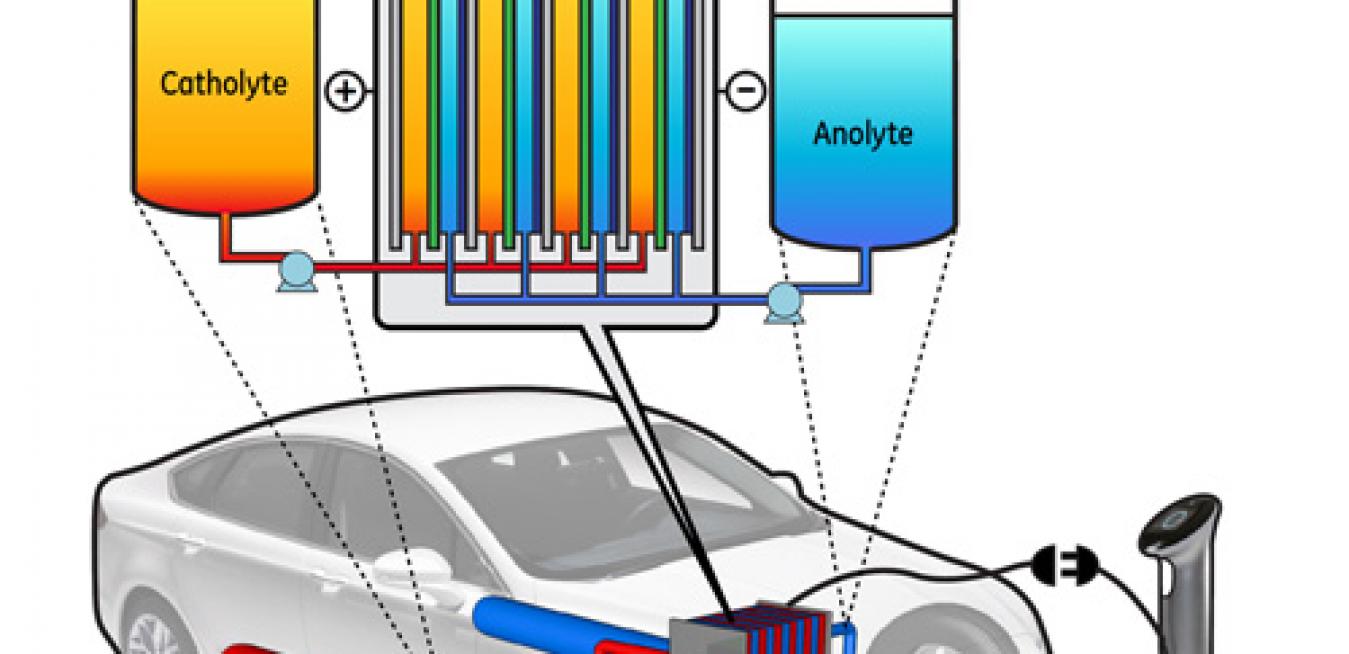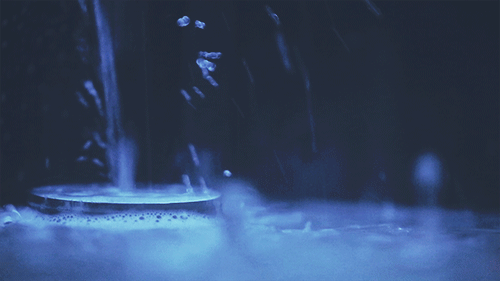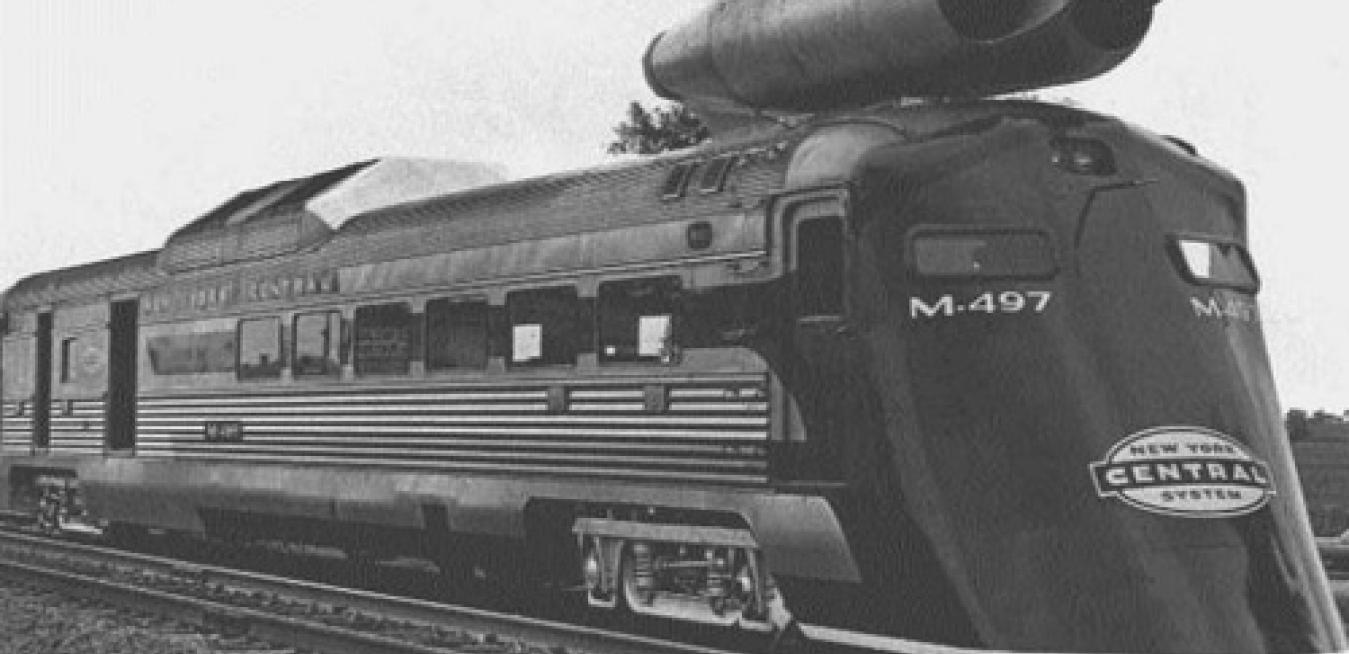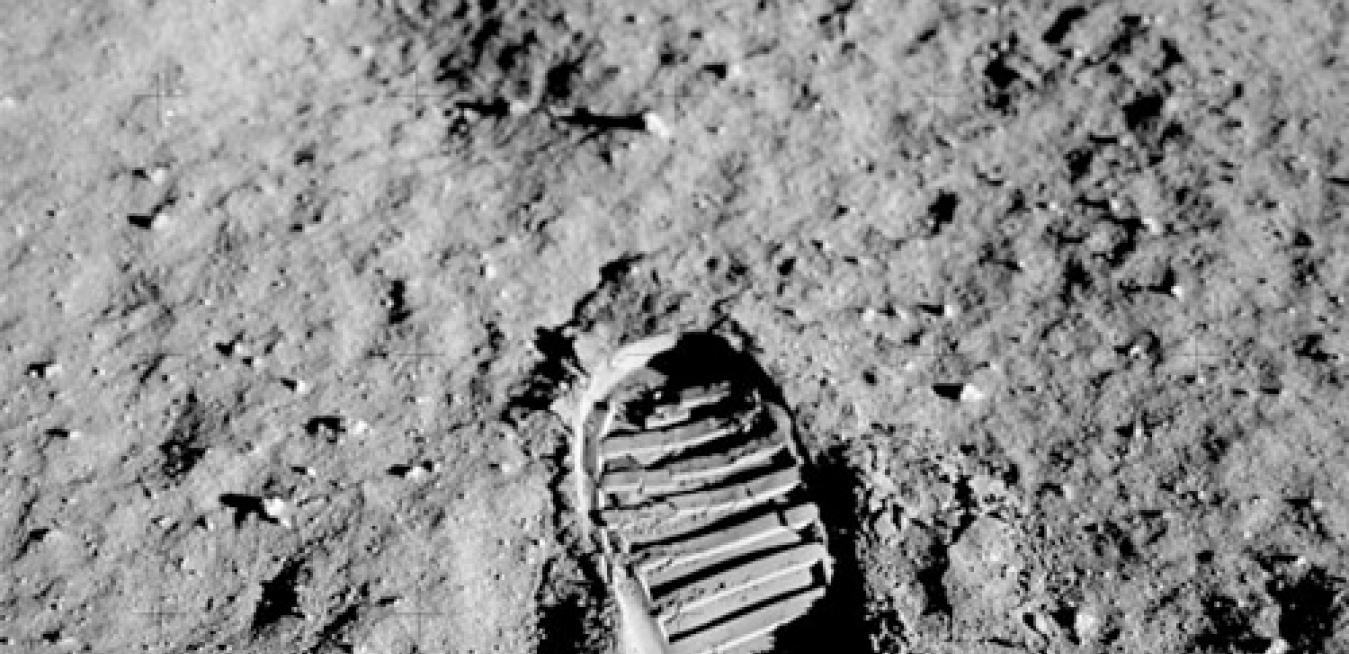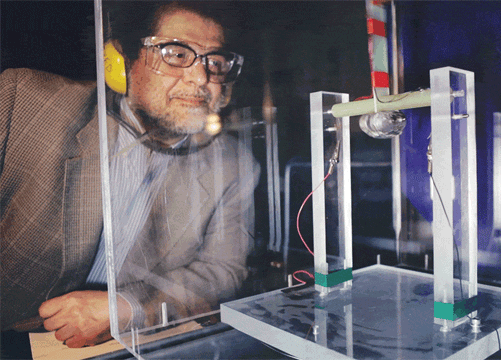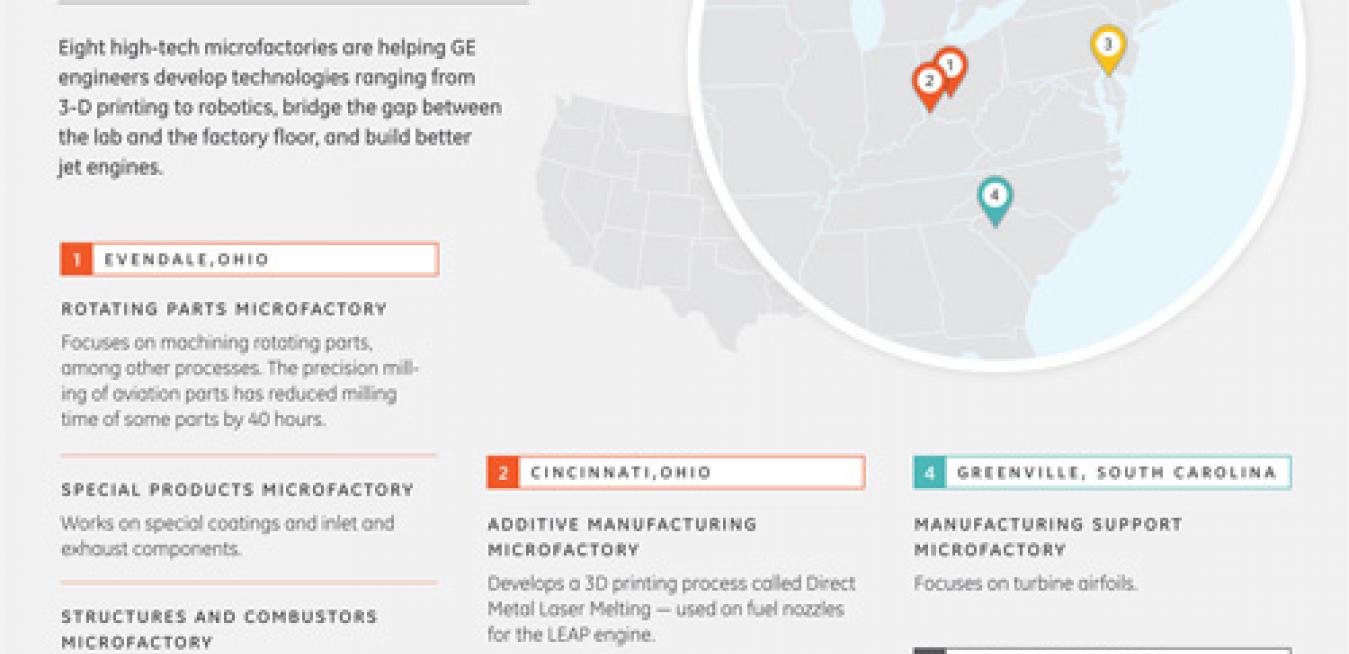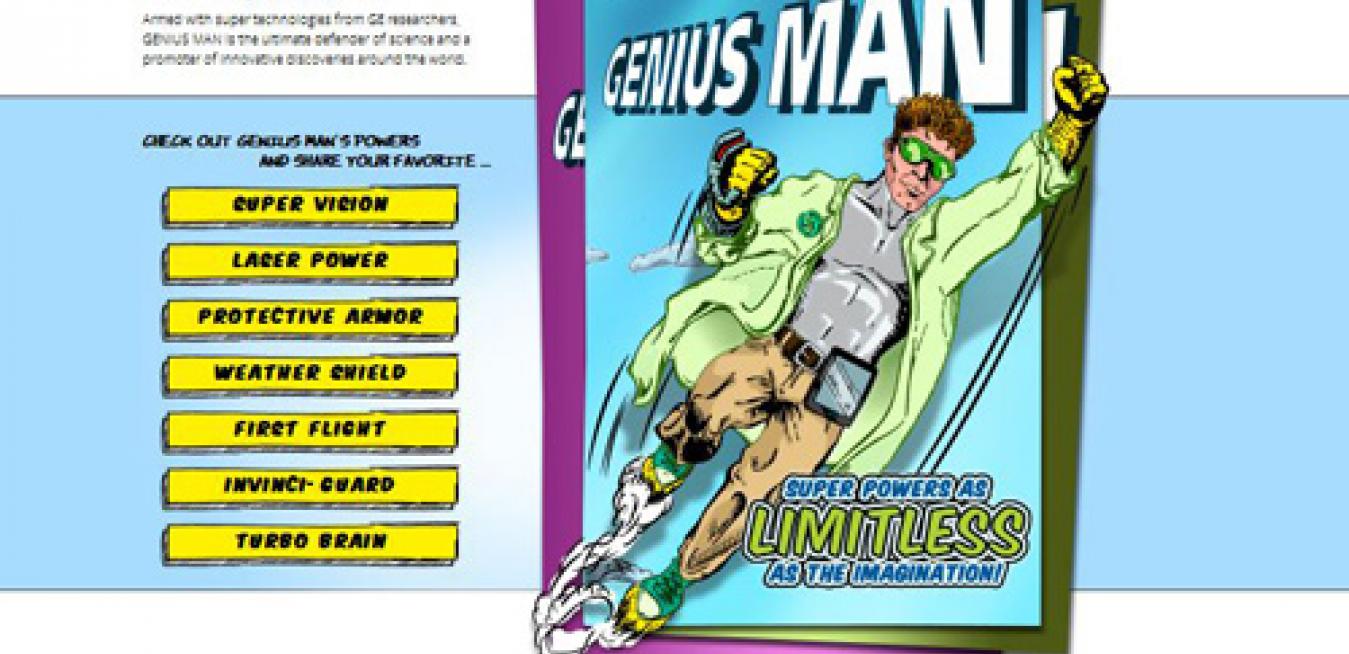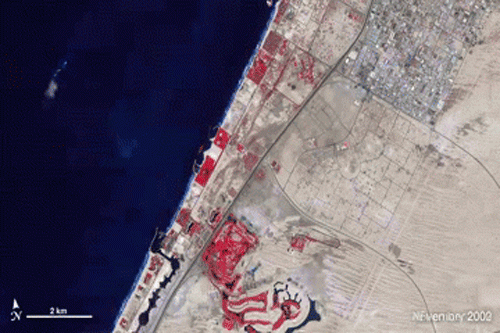What happens when you mix cupcakes, Play-Doh, dry ice and a smartphone app? You get an eruption of playful videos illustrating basic elements of science raging from electromagnetism from frog anatomy in just six seconds. That’s what happened in mid-August when GE hosted its #6SecondScience fair and invited DIY scientists to film and upload their experiments on the video-sharing app Vine. The week-long event ended on August 18 and generated more than 600 submissions.
NASA attached a GE jet engine to the Lunar Lander Test Vehicle to simulate the moon’s weaker gravity.
It was 44 years ago last Saturday that Neil Armstrong’s and Buzz Aldrin’s boots touched the surface of the moon for the first time. Those soft boots and other systems supporting NASA’s Apollo missions relied on solid GE engineering.
Scientists at GE Global Research are experimenting with thin jets of air to reduce turbulence along aircraft wings and wind turbine blades, and to improve efficiency. They are using devices the size of two stacked credit cards to speed up air that naturally slows down due to surface friction. Just a small decrease in drag could save millions of dollars for airlines alone.
So you’ve developed a revolutionary new material that could take hundreds of pounds off a jet engine and save millions in costs, but now what? “We invent these fantastic new technologies and processes, but then we have to navigate the challenges that come with effectively scaling them up for production,” says Robert McEwan, general manager for new product introduction at GE Aviation.
A few years ago, physics professor James Kakalios took a playful detour from the lab and the classroom and published The Physics of Superheroes, an engaging explainer of the natural laws and forces driving the amazing feats of Superman, Spider-Man, Magneto and dozens of other heroes and villains. “Reading classic and contemporary superhero comics books now, with the benefit of a Ph.D. in physics, I have found many examples of the correct description and application of physics concepts,” Kakalios writes.
Google, NASA, the U.S. Geological Survey (USGS) and TIME have stitched together tens of thousands of satellite images taken over the last 30 years into stunning interactive time-lapse animations that reveal how civilization alters the face of Earth – from your town to palm islands sprouting off the coast of Dubai, retreating Alaskan glaciers, and the vanishing Amazon rainforest.
Ever since Samuel Hopkins received the first U.S. patent for making potash in 1790, inventors and companies have used patents as shield and sword to protect their ideas. Not anymore. Channeling the lean startup vibe, GE has invited innovators to turn swords into gadgets.
